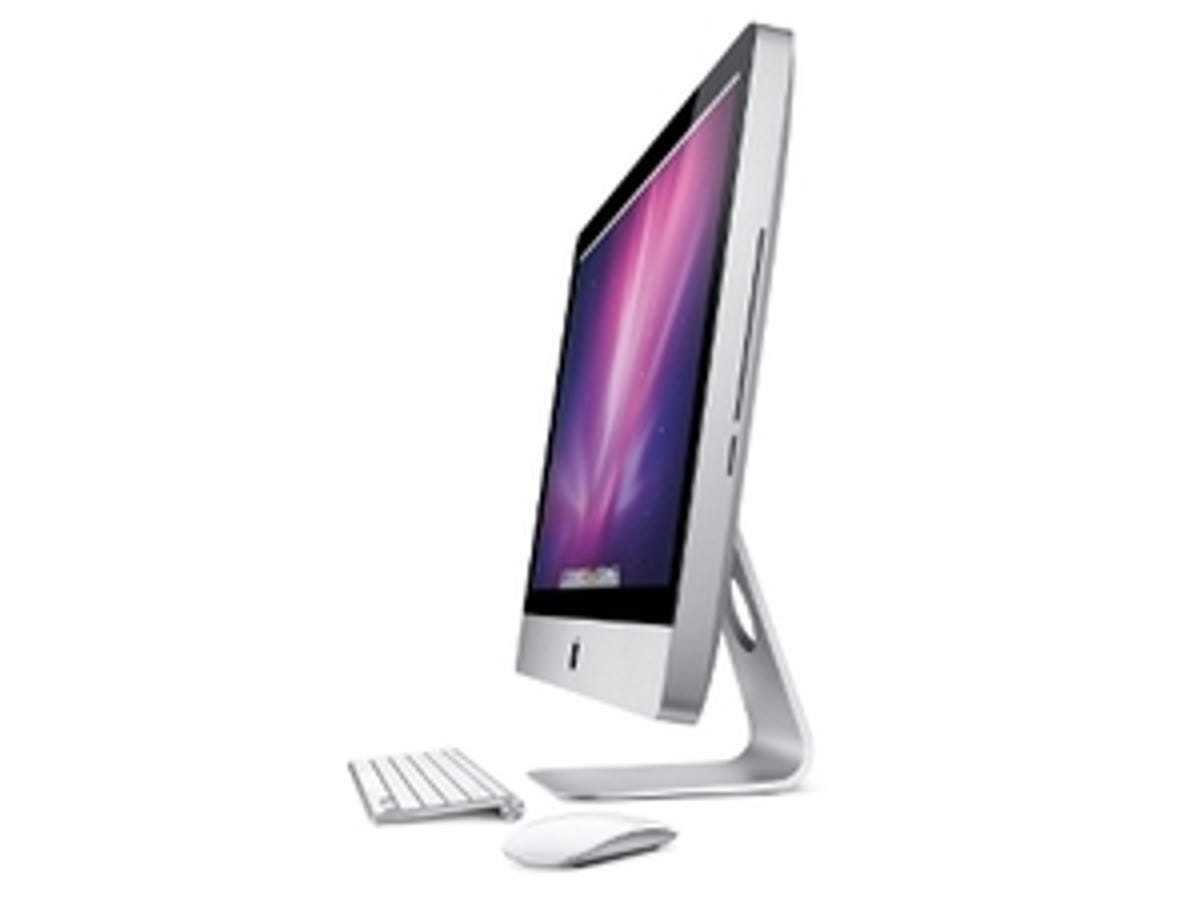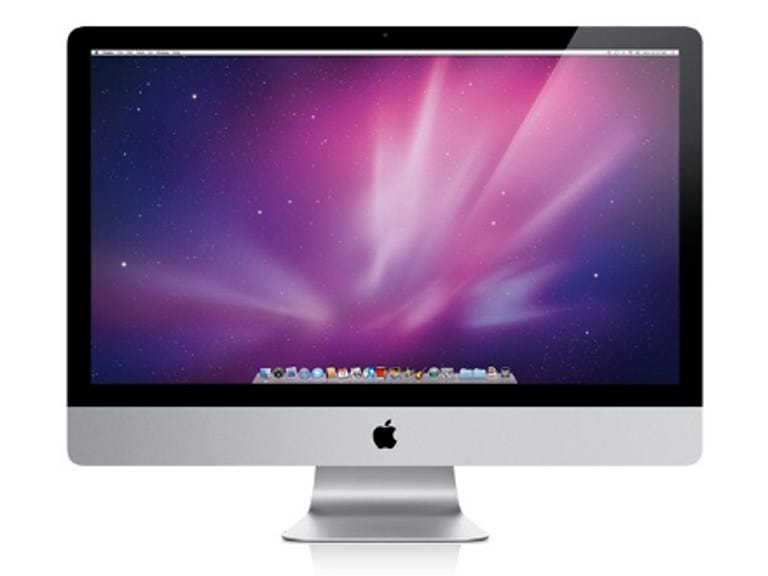 Why You Can Trust CNET
Why You Can Trust CNET Apple iMac (27-inch, unibody, 2009) review: Apple iMac (27-inch, unibody, 2009)
With a 3.06GHz Intel Core 2 Duo CPU, the 27-inch iMac that we reviewed doesn't offer a huge improvement in performance compared to previous models. But it's still a worthwhile upgrade, offering improved specs and features, including an LED-backlit display and 'unibody' construction, at a similar price point
It's said that a thing of beauty is a joy forever, but current Apple iMac owners have only had a couple of years to enjoy their desktop PC before being presented with a new object of desire. The latest iMacs are more evolutionary than revolutionary, but still offer a leap forward. The 21.5-inch iMac starts at around £950, while the 27-inch model, upon which this review is based, begins at about £1,350.
The Good
The Bad
The Bottom Line
Unibody upgrade
Both the 21.5-inch and 27-inch iMacs have essentially the same appearance as the old 21-inch and 24-inch models, but elements of the MacBook Pro's design have also crept in, adding a greater degree of design consistency across the Mac range.
The old black plastic back has been replaced with case that's carved from a single block of aluminium, for a 'unibody' feel, and the glass screen now extends right to the edge of the case. The bottom bezel has also shrunk and now measures 60mm on the 27-inch iMac, compared to 85mm on the old 24-inch model.
As you might expect, the 27-inch iMac is wider than the 24-inch version -- measuring 650mm across, as opposed to 570mm -- but it's no taller and so should fit on a desk just as easily. It still feels ridiculously large when you sit in front of it, but we'll probably all be craving a 32-inch model before too long.
LED-backlit screen
The major change for all new iMac models is the move to LED-backlit screens. These pop to full brightness much more quickly than the previous CCFL displays and are more evenly lit across their entire expanse, although our model still had a faint discoloured stripe towards its bottom edge. The new displays also provide a much greater brightness range. The 27-inch iMac screen is positively dim at its lowest setting -- something that couldn't be said of the older iMacs.

The screen might be smaller, but the 1,920x1,080-pixel resolution of the 21.5-inch iMac's display is only slightly lower than the 1,920x1,200-pixel resolution of the outgoing 24-inch model. The 27-inch iMac has a whopping resolution of 2,560x1,440 pixels, which is enough to display two 1,280x1,024-pixel windows side by side. The increased pixel density of both screens also makes everything on the display look sharper, but everything in the Mac OS X operating system is rendered slightly smaller as a result.
Apple supplies the new Bluetooth keyboard as standard (it's the same as before, but with one less battery), but you can still opt for a wired keyboard with a numeric keypad. Also included is the new Magic Mouse, which, while a vast improvement over the Mighty Mouse, still won't please everyone.
The whole of the Magic Mouse's seamless plastic surface is a multi-touch sensor. This works much like the MacBook's trackpad for clicking and scrolling, but two-finger swipes for moving back and forth require a degree of dexterity that Apple's designers seem to have underestimated. The mouse is also very flat, and held between the thumb and little finger, rather than in the palm. We didn't find this very comfortable, but it probably won't be a problem for everyone.
Slight performance boost
The thinner, LED-backlit screen has freed up space inside the iMac's case, which has allowed Apple to switch to stock desktop processors and beef up the cooling system (the all-aluminium case no doubt also acts as a giant heat sink).
All iMacs now ship with a 3.06GHz Intel Core 2 Duo E7600 processor as standard, with a 3.33GHz chip available for an extra £160. Also standard across the board is 4GB of RAM, and Apple has added an extra pair of SODIMM slots for cheaper upgrades to 8GB. In addition, Apple has increased the maximum RAM to 16GB.
The 27-inch iMac is also available with either an Intel Core i5 or Core i7 quad-core processor, but these models are still a few weeks from arrival, so we can only speculate about the stonking performance they'll deliver.
In the meantime, our 27-inch iMac with an Intel Core 2 Duo E7600 processor and ATI Radeon HD 4670 graphics returned a score of 190.52 in the synthetic Xbench benchmark test. A 24-inch iMac with a 2.93GHz Intel Core 2 Duo E8335 chip and ATI Radeon HD 4850 graphics scored 162.3. You're not really getting much more in terms of performance with these new iMacs, then, but you are getting a better overall specification at a similar price point to the old models.
Conclusion
The gap in screen sizes between the new 21.5-inch and 27-inch Apple iMacs seems rather wide to us, but that's the only real complaint we can conjure up. The increased specifications and much-improved construction mean they both offer decent value for money, although the usual grumble about iMacs costing more than equivalent Windows PCs still applies.
Edited by Charles Kloet
